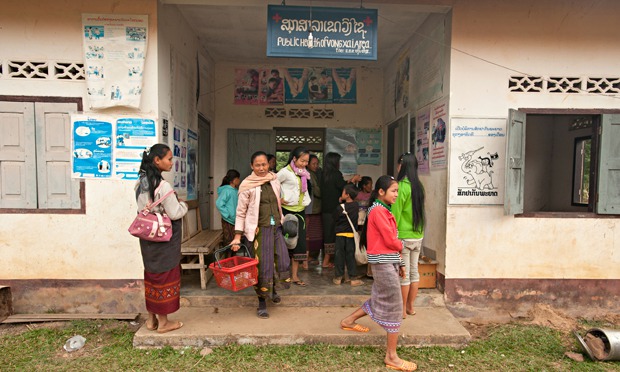
Laos Statistics
Thailand promotes itself as amazing, Vietnam can well be described as bustling, Cambodia’s Khmer temples are awe-inspiring… but the adjective that was most often applied to Laos is forgotten.
I know stats are not usually exciting, however I am often reminder how little people know about Laos and some stats may put the country and the work I do there into perspective. In a country with such poor resources the work myself and others are doing makes a huge difference to the futures of young adults and their families.
Country / Population
- Laos is a “Landlocked and Least Developed Country” (LLDC) and as such is considered by the international community to be one of the poorest countries in the world.
- A third of the population of Laos live below the international poverty line (living on less than US$1.25 per day). Laos has a low-income economy, with one of the lowest annual incomes in the world.
- In 2013, Laos ranked the 138th poorest country in the world (tied with Cambodia) on the Human Development Index (HDI). According to the Global Hunger Index (2013), Laos ranks as the 25th hungriest nation in the world out of the list of the 56 nations with the worst hunger situation(s). Laos has had a poor human rights record most particularly dealing with the nation’s acts of genocide being committed towards its Hmong population.
- 80% of the population are subsistence farmers. 55% of the population are under 20.
- Out of an estimated population of 6.6 million only 32% live in urban areas. The remainder of the population lives in mountainous, hard to reach parts of the country.
- Access to education is limited to those families that can afford to pay for their children to go school and to those families who can also afford for their children not to support them in farming activities.
Education
-
Laos School (from ifad)
Whilst the government does contribute towards the costs of education, those that do attend school are still expected to give towards school materials, equipment, teacher training and more. The quality of teaching, school buildings and access to learning materials is also generally poor.
- Formal education in Laos includes five levels: primary school (five years), lower secondary school (three years), upper secondary school (three years), post-secondary education (one to two years) and tertiary education (three to seven years). Specialization starts in upper secondary where three programs are offered such as general/ academic, vocational and teacher training, and increases at tertiary level.
- The higher education system still lacks a clear vision, policy, strategies, funding and governance.
- Facilities are often of a poor standard and lack equipment and materials.
- The education system is administered by the Ministry of Education (MOE). Management of functional responsibilities is left to the provincial education services (PES), district education bureaus (DEB), and schools. At the village level, communities participate in school development through school management committees and school principals. The main vehicles of financing education are the central and provincial authorities. In general the education sector in Laos suffers a lack of funds for salaries of teachers, schooling facilities and resources and lacks qualified people.
- Close attention is paid to education to develop human resources in the country. The government’s strategy on educational development is mainly focused on quality improvement for developing national human resources to meet the needs of the country’s socio-economic development.
- Lao Universities have weak international links that are largely symbolic and past endeavors have had little success or impact on quality of education.
Healthcare
-

Laos healthcare (The Guardian)
Healthcare is basic, limited and only available in towns and beyond the resources of most Lao people. Most rely on traditional remedies and the advice of Shaman when ill. Poor sanitation and the prevalence of tropical diseases including malaria further erode the health of the population.
- In 2014 the World Health Organization reported that the life expectancy of the Lao population was 66 with only 37% of births been attended by a health care professional.
UXO (Unexploded ordinance)
- In 1964, the US began intensive bombing of the Lao communist movement – the Pathet Lao. During nine years of almost constant American bombing, the Pathet Lao sheltered in caves. About one third of the land in Laos is contaminated with unexploded ordnance and at least 50,000 people have been killed or injured by unexploded ordnance in Laos since the Vietnam War-era bombings ended. Over the past four decades, only 500,000 of the estimated 80 million cluster munitions that failed to detonate have been cleared. Being a farming based economy Laos struggles with soil littered by bombs and declining soil fertility.
- Unexploded bombs from the Vietnam / US war resulted in a bombing mission every 8 minutes, 24 hours a day for 9 years making Laos the most bombed country in the World.
- There are 300 casualties each year. Over the last 10 years 40% of those have been children.
- More UXO information.
Comments RSS Feed